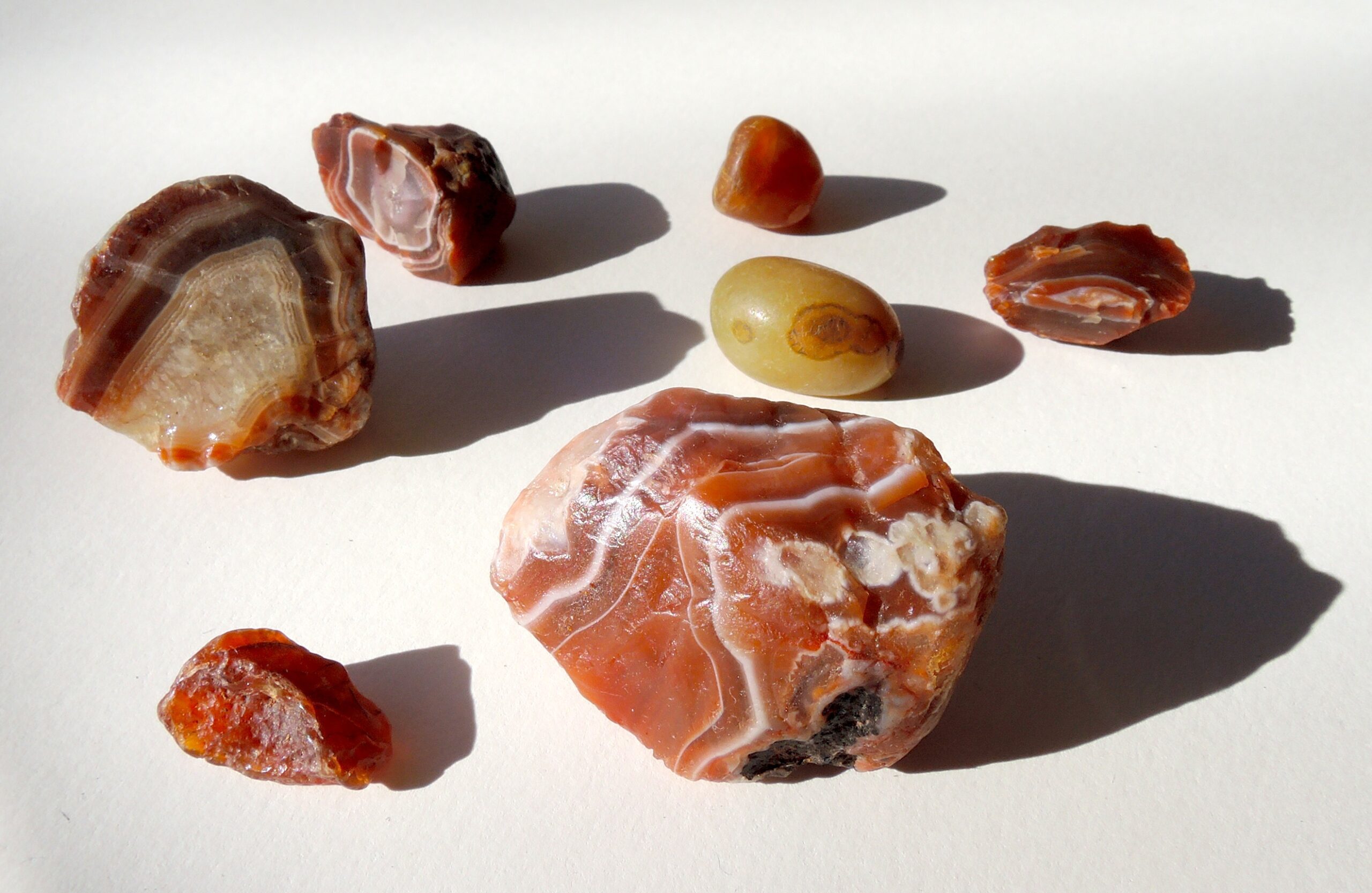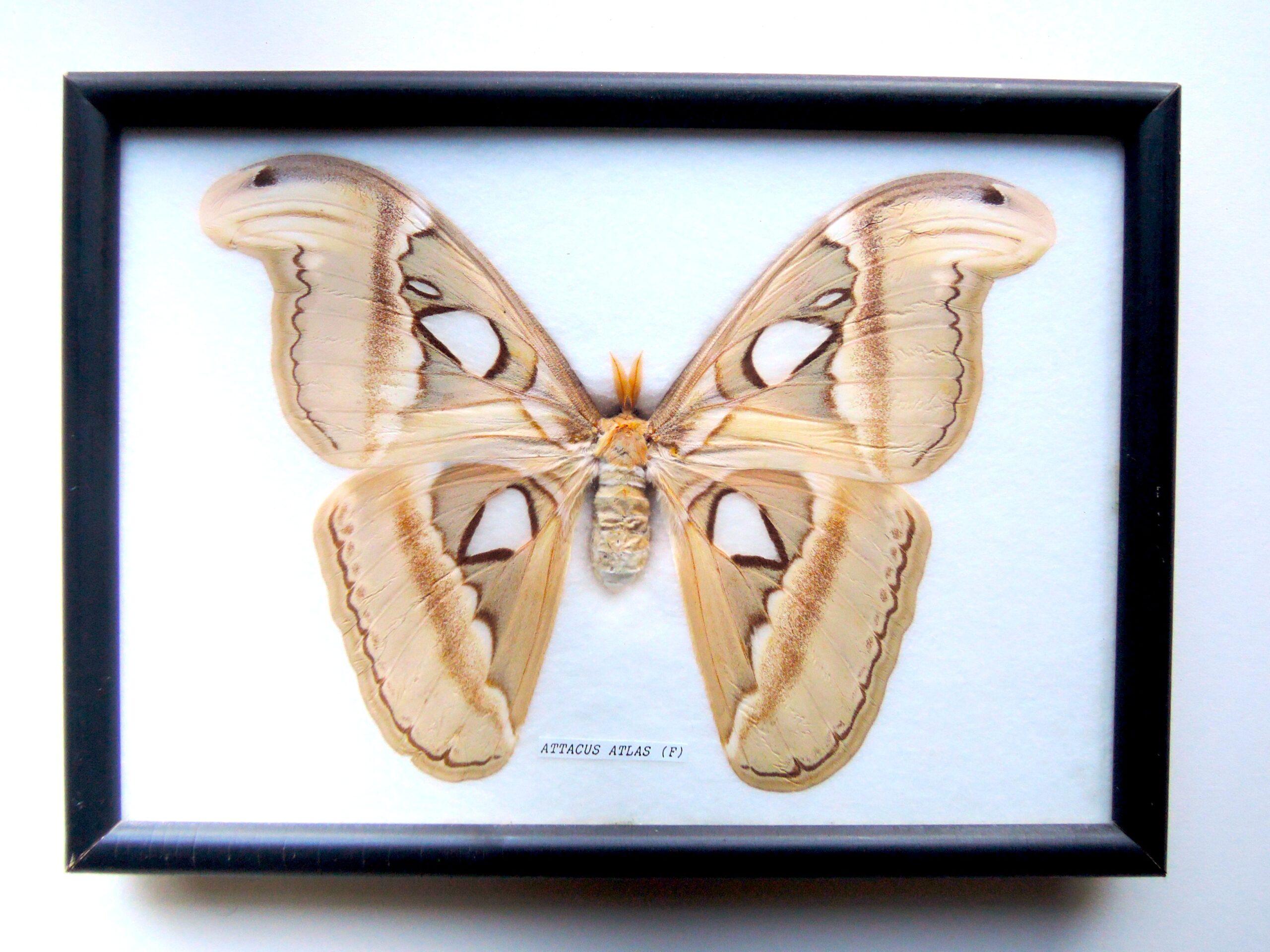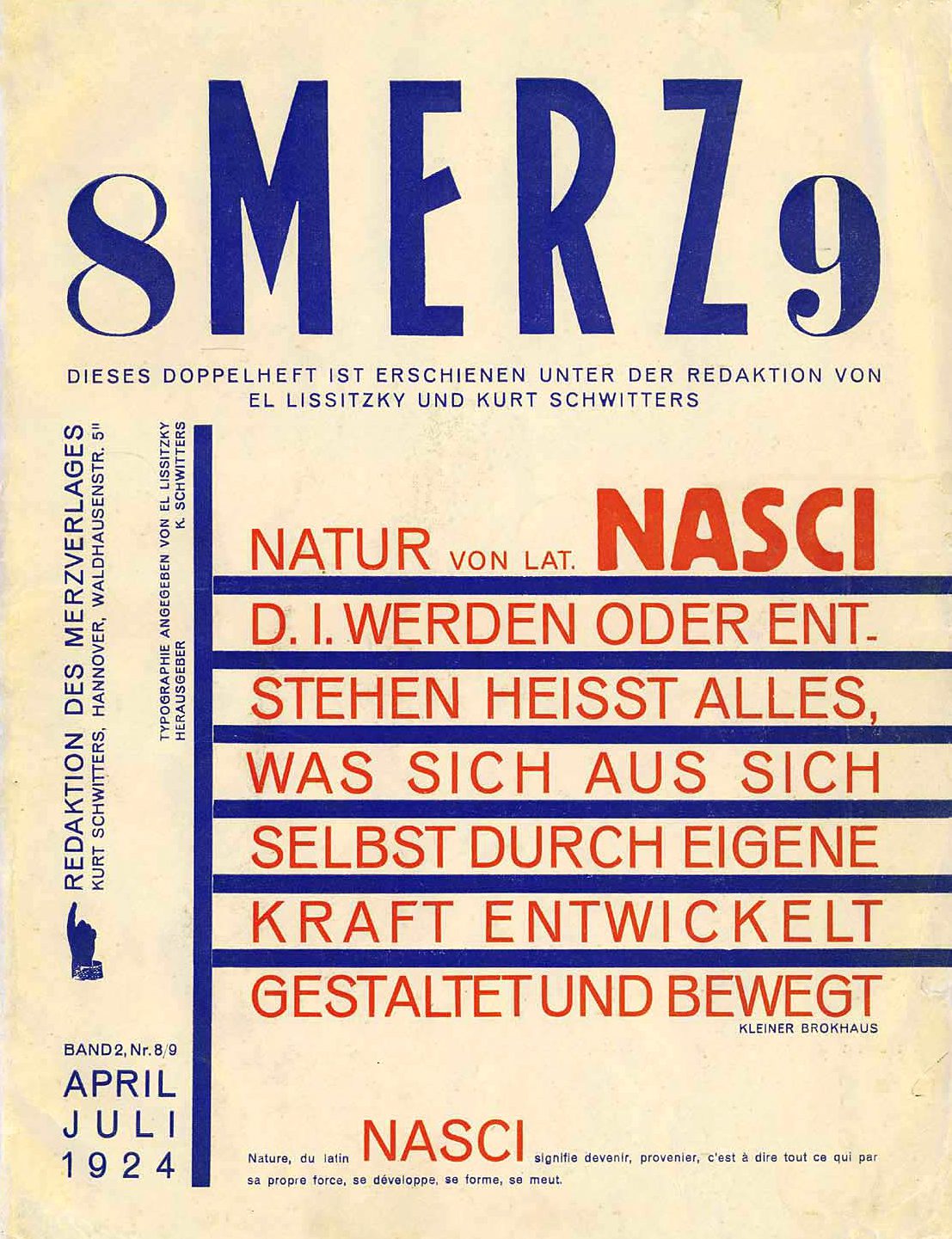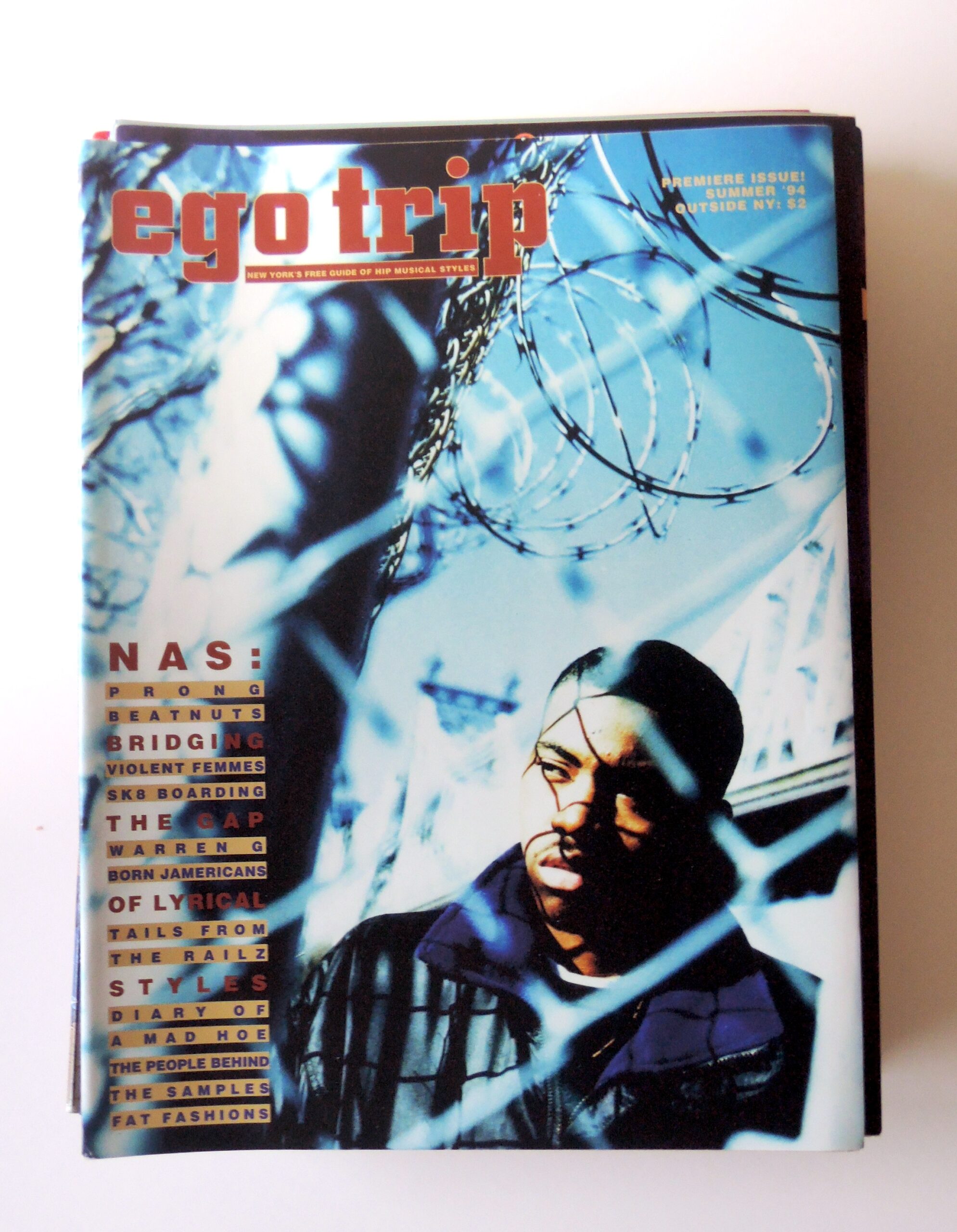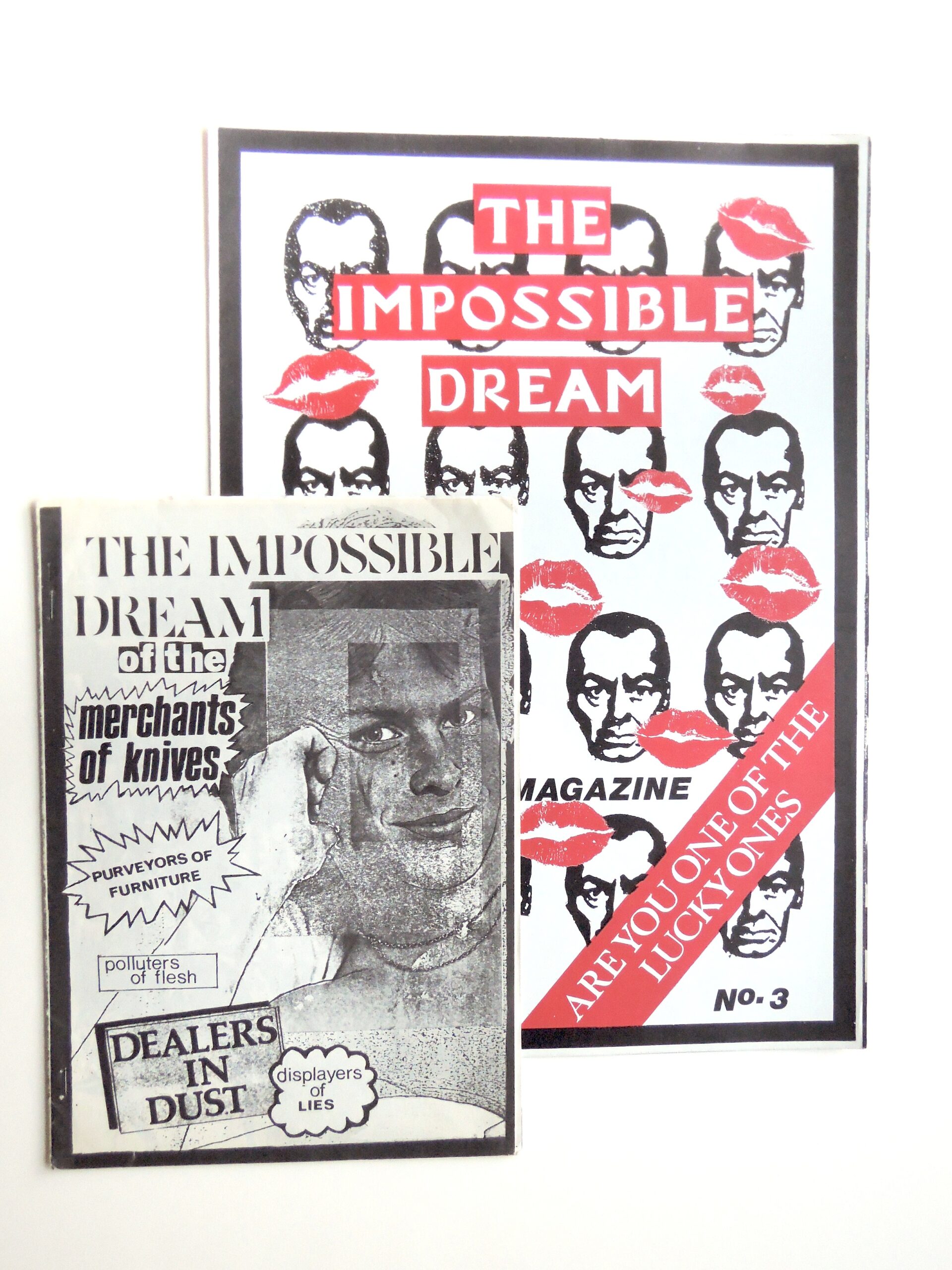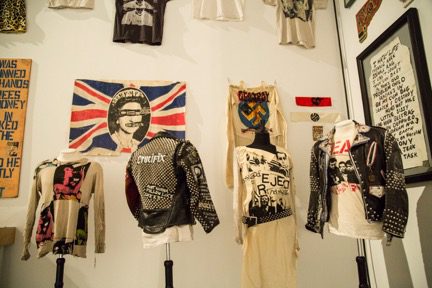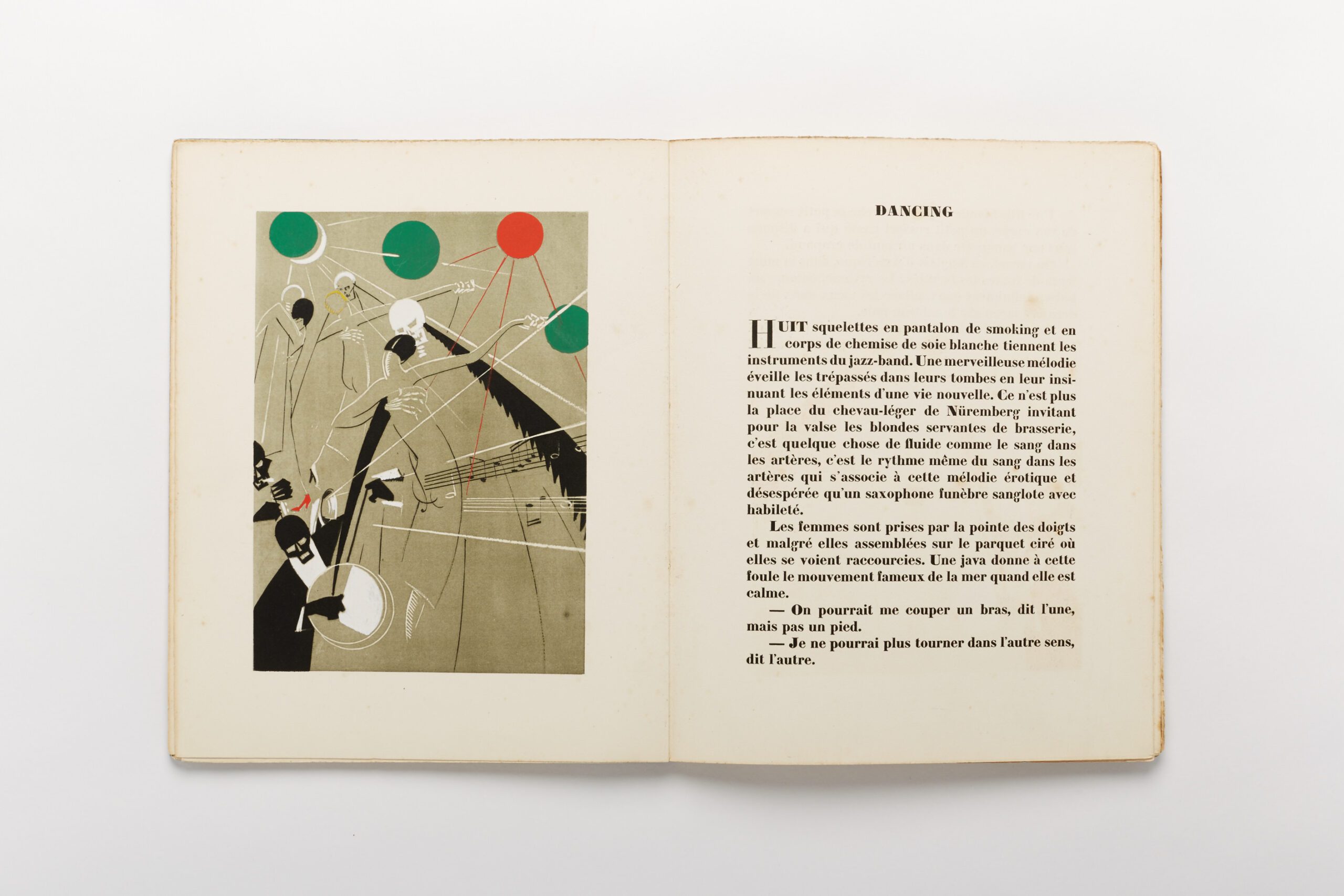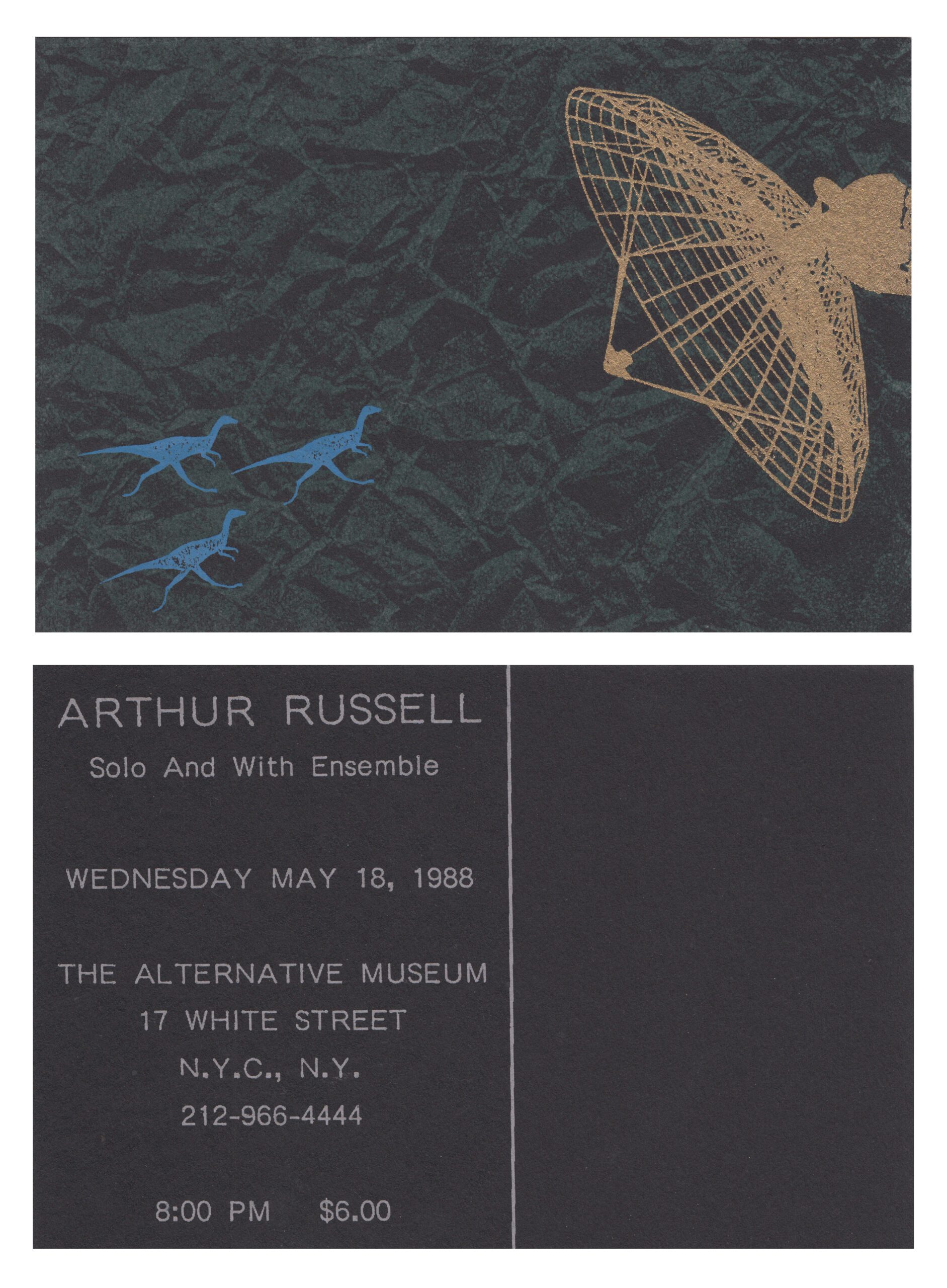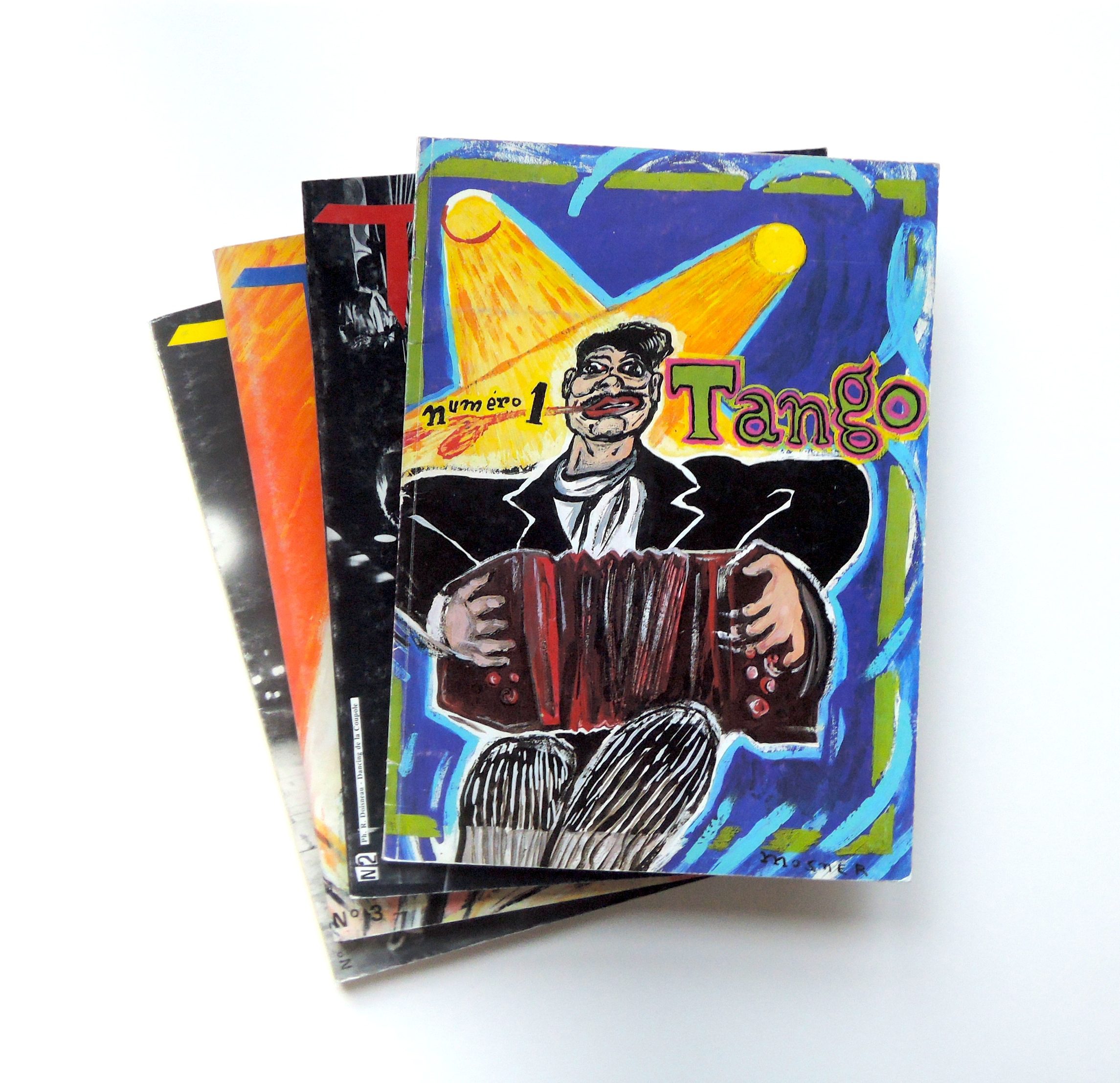
Welcome back to Sound & Vision, the Rumpus profile series that spotlights the creative talents of those working behind the scenes in the music industry. What can we learn from the ephemera that underground cultures produce? In this installment, I’m talking with Arthur Fournier, an independent dealer of books, serials, manuscripts, and archives. Specializing in late 20th century culture, including underground music and the visual arts, Fournier has helped private as well as institutional clients, including Harvard, New York Public Library, and the Metropolitan Museum of Art, to add rare materials to their collections. In New York, his mark is also seen in less expected places—for example at the Metrograph, where he has put together a distinctive in-cinema bookstore devoted to both new and out-of-print publications, including first-edition biographies and film journals, and at Sonos, where he’s curated an exhibition of iconic music zines including PUNK Magazine, the East Village Eye, and New York Rocker. I was excited to learn more about how Fournier developed his niche, and how digital access has both enriched and complicated the work of archiving and collecting.
***
The Rumpus: When I think of folks who are into rare books, I tend to think of those who are interested in the distant past. Ever since I first learned of your work, I’ve been curious about how you developed your specialization. How did you come to this work?
Arthur Fournier: My parents tell this story about the first time I found an agate on the beach when I was about three or four, and the joy I expressed at starting a collection. Somehow pattern recognition and identifying certain things that caught my eye was there from the earliest days of my conscious existence. Even now, when I go back home, and dip my hand into this gallon mayonnaise jar where I once collected stones I found in riverbeds, gravel beds, and beaches, I get this weird feeling. This is purely speculative, but I think among certain collectors, it’s almost a brain-based thing.
Agates and other river stones from Fournier’s private stash
Rumpus: Tell me more.
Fournier: I once worked for a publisher of cognitive behavioral therapy books, so I might just be using jargon here… but maybe the impulse to collect is on some kind of continuum between health and disorder. There are certain collectors who become hoarders, and that’s a sense of disorder. There are certain collectors who do it with a tremendous sense of anxiety, and in that maybe there’s a kind of OCD. And then I think there are other collectors, myself included, for whom the activity of collecting is simply a gateway to a certain otherwise unobtainable joy. It isn’t euphoric, but it’s definitely soothing.
Rumpus: Well, collecting goes against some trendy ideas about what brings joy. For example, I’m thinking about the popularity of Marie Kondo’s ideas, which are all about discarding as the means to happiness.
Fournier: Totally. This idea of acquisition and assembly as some kind of pathology, as a sign that there’s something spiritually wrong with you, has become popular. But for some of us, collecting and assembly does bring joy, and for me the circuit isn’t complete unless it also includes preservation and sharing.
Rumpus: As a child did you collect baseball cards, or other “established” collectibles?
Attacus Atlas, a giant silk moth in the Saturniidae family
Fournier: I think my first collecting love was natural history. I grew up in rural/suburban Minnesota, so I began collecting river stones and arrowheads. Later it became stamps, and insects, and then it specifically became moths and butterflies, and then within that it became North American silk moth caterpillars and the moths that would emerge from their cocoons. But at a certain point in life, you’re encouraged to set those things aside for a bunch of things I was not terribly good at as a younger boy, but helped me socially. I learned to ride BMX bikes, go out to the woods with my friend, taking along BB guns and pocket knives, hiding jars of beef jerky in hollow logs, and imaging how we would survive if we ever had to run away.
Rumpus: When did you get into music?
Fournier: Through the normal chain of adolescent behavior, I developed a sense of rebellion that led me to music. I saved up money and got a Walkman, which was a status thing in my junior high. Then it was about trading mix tapes with people, and when I encountered new sounds, it was the same electrifying experience I’d had with other things I’d collected as a young naturalist. I lived close enough to the University of Minnesota’s radio station, and a commercial station that was surprisingly progressive, that I was exposed to music that went beyond the big pop hits of the era. I remember being especially into Galaxie 500, Spacemen 3, New Order, Joy Division, the Smiths, and occasionally more hardcore stuff like Fugazi and Nation of Ulysses. As I started to develop my own aesthetic sensibility, I loved weaving songs together and making tapes for friends, and trading with them.
Rumpus: Did you go to school to receive formal training as an archivist?
Fournier: No! After high school, and a year abroad as an exchange student, I ended up at the University of Chicago where I studied art history and philosophy. My interest in printed ephemera and graphically illustrated paper probably date back to classes I took with Reinhold Heller, who specialized in 19th and 20th century German visual art and performance. Dada and Surrealist pamphlets, handbills and fliers spoke to me—reminding me of the fanzines I’d admired growing up. They’d also been powerful, and constitutive of a community beyond the mainstream.
291, issue no. 5/6 (Alfred Stieglitz, ed. New York, 1915) featuring a cover illustration by Francis Picabia
Merz, issue no. 8/9 (El Lissitzky and Kurt Schwitters, eds. Hanover, 1924)
I lurked around special collections at the library but wasn’t yet ready to delve in myself. After school, I was working various jobs, side hustles, but also going to thrift stores and flea markets and house clean outs. Picking through dumpsters was a legit thing that I loved to do. It wasn’t just survival. It was if I go to the thrift store often enough, and do that sort, I’d find the coolest clothing that I couldn’t buy at Barney’s even if I had the money. If I went through enough crates, I could find an insane MC5 or Sun Ra record, or something more obscure that I’d buy intuitively, often based on the cover. I began to trust my aesthetic instincts, my ability to identify what’s interesting, sophisticated, and valuable in the deepest sense. I would buy everything I could, sell some, and keep others for myself. That was my first entry into dealing.
Rumpus: When you began to deal professionally, did you start out as a generalist or a specialist?
Fournier: After school I worked in publishing—first for the University of Chicago Press, and then I came to New York in 2001 and ended up working for Neue Galerie, which used to carry a selection of collectible print materials in its museum shop. That was where I caught my glimpse of the rare book market. My work schedule was pretty flexible, so I was also able to do other things like DJing. It was through those experiences that I started to become more aware of New York nightlife and the history of its countercultures. By the time I left the city in 2009 to work for a man named Peter Bernett, of the venerable F.A. Bernett Books in Boston, I brought that knowledge and experience along with me.
Rumpus: How did you decide to branch out on your own?
Fournier: It was great to work for F.A. Bernett. I was able to learn the antiquarian book trade from one of the masters—it was almost like entering a mercantile guild. When I came into the business, Peter was already working with modern and postmodern material, but I was probably the guy who started suggesting these other continents of print ephemera related to underground music, from rock of the ’60s and ’70s to punk and hip-hop. What’s fascinating to me is that as barrier to getting to print falls, and people start to have access to technologies like mimeo, and photocopy, the “do it yourself’ aesthetic rises. You see this multiplicity of voices, assertions of identity, all within the context of print culture. That’s so exciting. I knew I wanted to specialize in that area, and I’ve been doing so since 2014, when I started Fournier Fine & Rare.
The “X” (left) and “Z” issues of Lost Music Network’s OP, an influential independent music magazine published in Olympia, Washington during the 1970s and 1980s
A complete run of ego trip magazine (New York, 1994–1998), which was billed by its brash young publishers Sacha Jenkins, Elliott Wilson and Jefferson Mao as “The Arrogant Voice of Musical Truth”
Impossible Dream nos. 1 and 3 (Lance d’Boyle, ed. London, 1979-1986), an anarcho-feminist punk protest serial reproducing texts and lyrics by the Poison Girls
Rumpus: If I want to see some examples today, I can run a Google image search and pull up quite a few thumbnails in seconds. Indeed when I transcribe our interview, I’ll embed some of those images, and put the whole thing up on the Rumpus’s website. But do I lose something in the transfer from print to digital?
Fournier: I believe there is something about scale and physicality, the experience of holding something in your hands and turning pages that ensures that digital reproduction will never fully eclipse physical media. A hi-res scan of a punk fanzine or a medieval codex is an amazing complement to the actual object. You can zoom in, and isolate certain details, and it expands access to archival material. But it’s not a replacement for the physical object.
Installation view of “FER YOUz : The Los Angeles Hardcore Archive, 1980-1985” presented by Fournier Fine & Rare at The Geffen Contemporary MOCA for Printed Matter’s 2016 LA Art Book Fair
Rumpus: Has digital reproduction helped or harmed the work of collection?
Fournier: I think it changes it in an interesting way. Identifying value is now more centered on research and artifact. Research value is about something not being available anywhere else. For example when I first started working at Bernett on punk serials, there were no catalogs or databases where they’d been identified as extant in North American collections. This isn’t to say they weren’t scattered here and there in various archives, but there were no established indicators of where to find them or how scarce they were. The case had to be made that these were serials, print artifacts worth preserving with the full standing of any other serial. And if it’s a specific fanzine, you also want the full set, plus all of the ephemera produced around it, for example, a flier about a party for the fanzine, etc. What if you could also get into the attic of the person who published the fanzine, see the drafts, the edits, and the paste-ups? What if you had access to the envelope that held all of the photographs, the ones they chose and the others they didn’t? Then you’d get an even deeper understanding of the whole matrix of a creation, a reflection of both culture and process.
Rumpus: How is working to transfer an archive into an institutional research collection different than working with an individual client?
Fournier: Being an agent for an estate or the archives of a living person is completely different from helping a private individual build a rare book collection. When it comes to working with my collectors, we meticulously search for landmarks and high points, and pursue the best copies of the most important and interesting works available to us in the current marketplace, at the best price. We get to be very specific and tightly focused. Patience and persistence are the two keys. On the other hand, serving as an agent for the transfer of someone’s archives to an institutional library demands another approach entirely. It’s about the complete picture, in an almost archeological sense, respecting the materials as a complex site of cultural production. So you don’t cherry pick specific objects and sell them to the highest bidder, you do your best to preserve the entire set of objects and documents intact, and find a home where it will be kept safe and made accessible to researchers for centuries to come. In this area, most of my work is about matchmaking and building trust. Because artists and institutions don’t always speak the same language, and sometimes there has to be a translator. So if being a book dealer occasionally feels like trophy hunting—looking for an impressive stuffed elephant’s head for someone to put on their wall—the archival side is where I get to satisfy my conservation instincts. It’s about working to preserve the whole Serengeti, if you will. But whenever I get to serve as an agent for someone, or sometimes, work on behalf of an institution and help negotiate a fair transfer of property, it’s hard work, but my privilege is that I get to play a satisfying part in cultural preservation.
Rumpus: Who are your primary clients now?
Fournier: These days my clients are a nice mix, including several private collectors who are serious, passionate, and devoted. They are building incredible collections on topics no one else is. For example, I have one client who is working in the area of counterculture and leftist groups in the US and abroad in the 1960s with a special focus on armed struggle and liberation. Another client has asked me to help him build a very specific and unique library related to aviation and topics in experimental jet craft during and after the Second World War. And another is collecting French underground and new wave magazines from the 1960s to the 1990s. It’s great to get into a synchronous groove with someone who has the vision to collect adventurously and help him or her find the best materials.
A page spread from La Danse Macabre (Simon Kra, ed. Paris, 1927), with texts by Pierre MacOrlan and illustrations by Yan B. Dyl
Rumpus: Have you ever come across an object so fantastic that you’ve been reluctant to part with it?
Fournier: For sure! They say “don’t get high on your own supply.” But it is a professional risk. For example, I have this one book from 1927, and whenever a copy comes up on the market, I’m tempted to buy it. It’s called La Danse Macabre. It was a text written by Pierre Mac Orlan, who was a writer of men’s adventure stories in Paris. It’s illustrated by this Art Deco Cubo-Futurist, and it shows twenty glamorous ways to die including dancing to hot jazz, riding in a motor car and other less family-friendly ways to get yourself in trouble, like doing cocaine and going to a whorehouse. There’s a quality to that book that’s so daring and remarkably cool. I have two copies now, just in case I decide to sell one. But I’m in no rush. I want someone really special to have it.
***
BONUS MATERIAL
Below Fournier describes a couple of special recent finds:
“One of the most amazing projects I’ve been involved with over the past few years has been the transfer of Arthur Russell’s archives to New York Public Library for the Performing Arts at Lincoln Center. Before his papers entered NYPL’s permanent collection, we de-duplicated the extra copies of printed ephemera for his concerts and performances, made by Arthur and his partner Tom Lee. A few of them are now for sale, and they are very special.”
“On a recent buying trip to Paris I fell in love with this complete set of Tango magazine, a short-lived journal devoted to the eponymous dance, and the Latin American demimonde in Europe during the early 1980s. It has wild illustrations and long, breathless articles about Tom Waits, Robert Doisneau, Vince Taylor, and Julio Cortazar. It’s such a gem.”
***
Feature photograph © Janette Beckman (New York, 2015). All other photographs provided courtesy of Arthur Fournier.
***
This interview has been edited and condensed. If you’d like to recommend someone for “Sound & Vision,” drop Allyson a line here.

